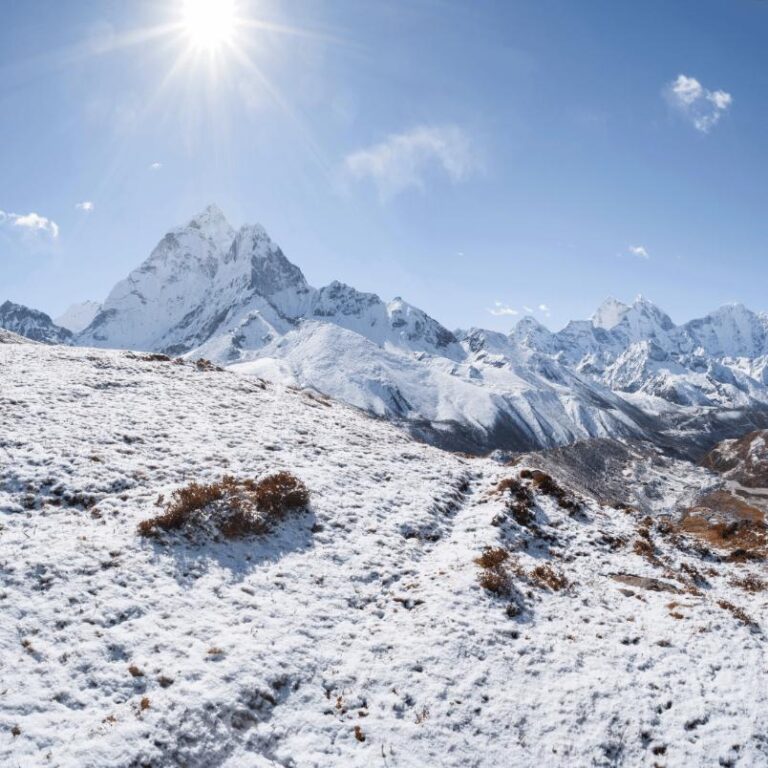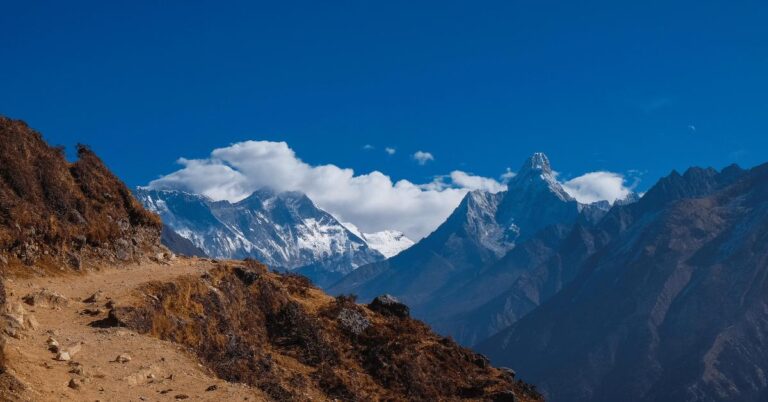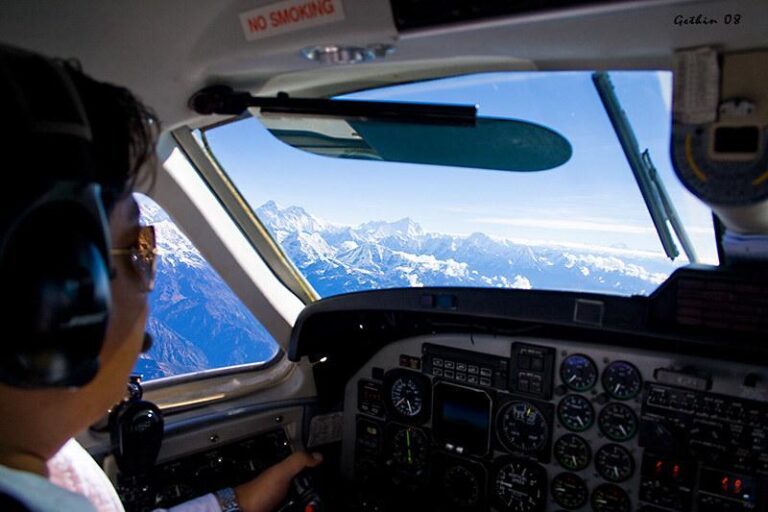
Seasonal Breakdown of Kailash Mansarovar Yatra: Come along on a fascinating journey as we explore the different seasons of the Kailash Mansarovar Yatra. Throughout this sacred trek, pilgrims face various challenges and witness incredible wonders that each season presents. Winter brings icy conditions, testing the endurance of those on the path, while spring brings forth the breathtaking beauty of blooming flowers and rejuvenation. Every season offers a distinct and special experience for spiritual seekers in the majestic Himalayas.
Let’s explore Seasonal Breakdown of Kailash Mansarovar Yatra and how these changing seasons influence this revered pilgrimage, offering a deeper understanding of the spiritual significance intertwined with nature’s rhythm.
Table of Contents
Significance of Kailash Mansarovar Yatra
The Kailash Mansarovar Yatra is a deeply spiritual expedition that draws pilgrims seeking great transformation through a sacred journey to Mount Kailash and Lake Manasarovar in Tibet. The ritual of Kailash Parikrama, also known as Kora, involves circumambulating Mount Kailash, which is believed to purify sins and bestow spiritual enlightenment upon the devotees.
When it comes to the seasonal Breakdown of Kailash Mansarovar Yatra, this spiritual quest typically opens out from May to September. The Saga Dawa festival in May magnetizes numerous pilgrims, while the period from June to September remains a popular time for the journey.
This journey definitely presents pilgrims with the challenges of navigating high altitudes, changeable weather conditions, and physical obstacles along the way.
To ensure a smooth pilgrimage experience, pilgrims must secure permits and equip themselves adequately to mitigate delays and adverse weather conditions.
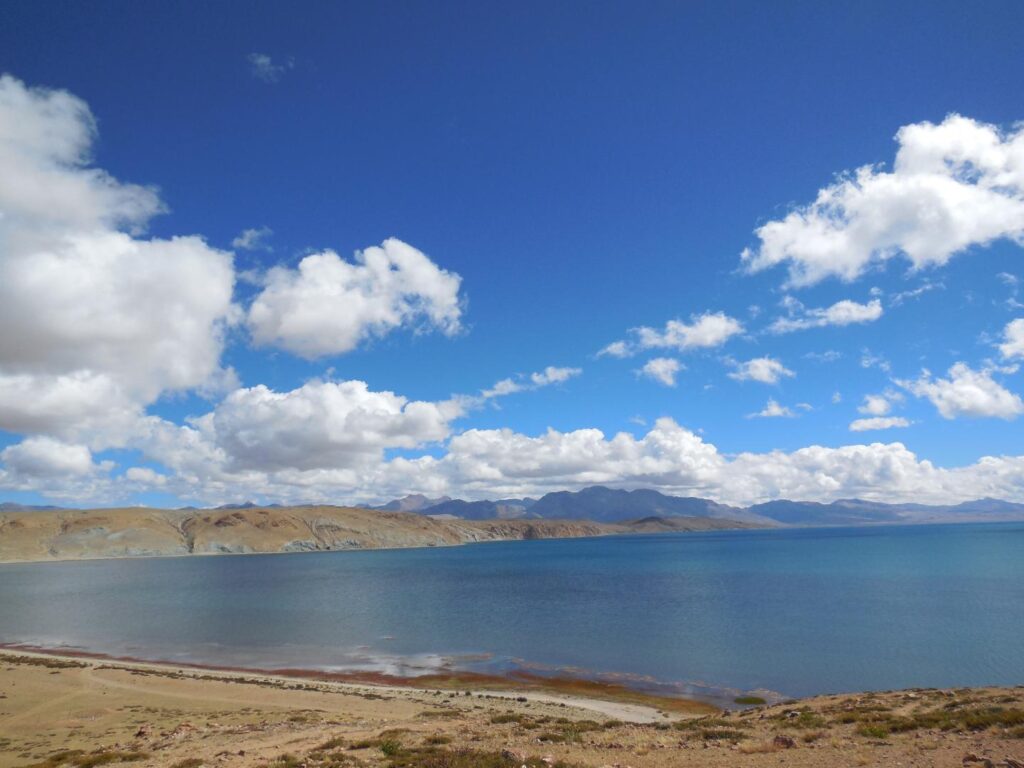
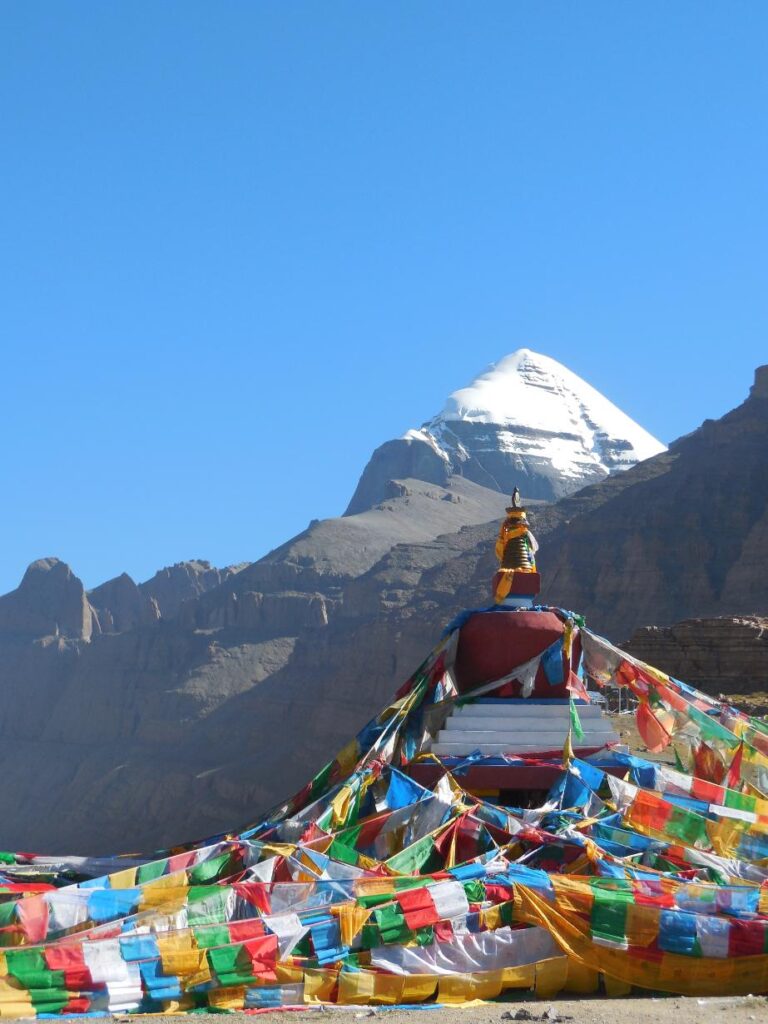
Challenges Faced During the Yatra
Pilgrims on the Kailash Mansarovar Yatra face physical challenges. These challenges come from high altitudes and unpredictable weather in the region.
The altitude of Mount Kailash and Lake Manasarovar can cause altitude sickness. This may lead to symptoms such as nausea, headaches, and fatigue. The Yatra during the monsoon season may bring heavy rain. This makes trekking paths slippery and hard to navigate.
To cope, pilgrims acclimatize to the altitude, stay hydrated, and wear appropriate clothing for cold weather. Many also go at a slower pace during the Parikrama of Mount Kailash to avoid overexertion at higher altitudes.
Despite the challenges, pilgrims enjoy visiting sacred temples and religious festivals like Saga Dawa. These experiences make the journey a memorable and impactful spiritual travel experience.

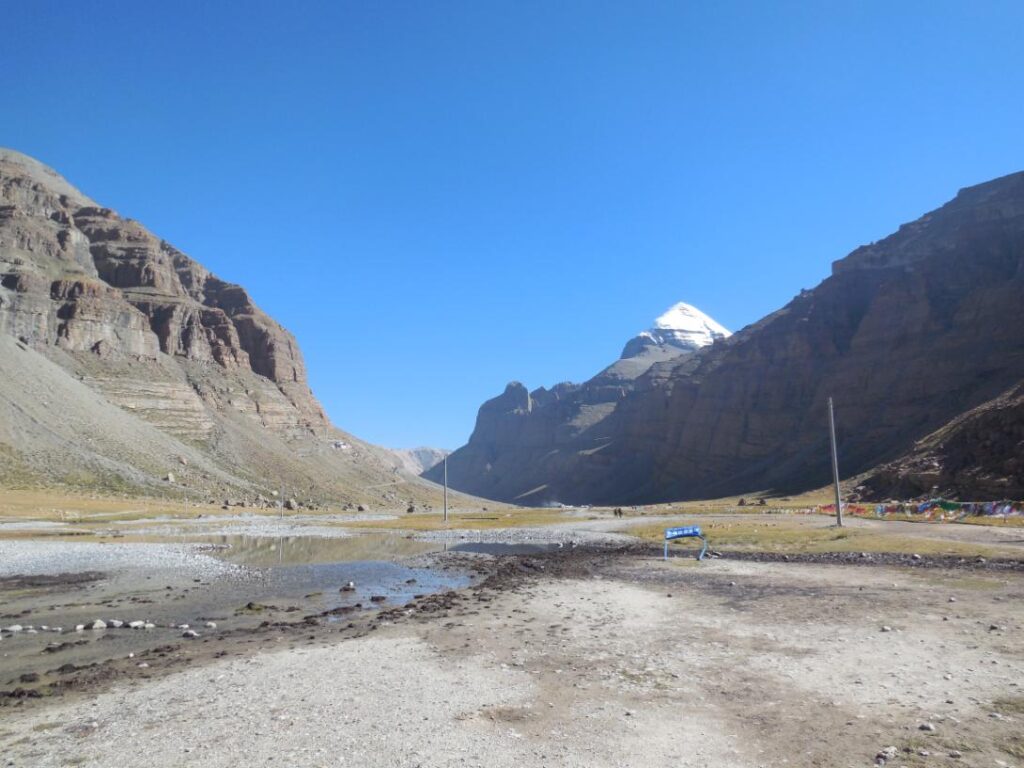
Best Time to Plan Your Journey
Seasonal Breakdown of Kailash Mansarovar Yatra: When to Plan Your Kailash Mansarovar Yatra
Planning your Kailash Mansarovar Yatra involves considering the seasons carefully. With the Seasonal Breakdown of Kailash Mansarovar Yatra, the best time for this spiritual journey is during the summer months, from May to September, when the weather is generally warmer and more stable. During these months, the roads leading to Kailash are accessible, and the trekking paths are safer to navigate.
However, talking about seasonal breakdown of Kailash Mansarovar Yatra, it’s essential to avoid the monsoon season, especially July and August, when heavy rainfall can make travel difficult and even dangerous. Additionally, winter, from November to February, brings extremely cold temperatures and heavy snowfall, making it challenging to trek. Therefore, for a smooth and enjoyable pilgrimage experience, plan your journey during the summer months when the weather is most favorable.osen for the visit affects permit availability, trekking route conditions, and tour packages.
May to June
The best time to plan your Kailash Mansarovar Yatra is during the months of May to June. During this period, the weather is generally pleasant and conducive for travel. Summer brings warmer temperatures and occasional rainfall, perfect for visiting sacred sites and doing the Kailash Parikrama. This time of the year, the roads leading to Kailash are open, and the trekking paths are relatively safer to navigate. Even the Saga Dawa Festival during this time adds to the pilgrimage experience with religious and cultural significance.
Moreover, the landscape blooms with natural beauty, enhancing the spiritual experience of the journey. It’s important to avoid the monsoon season, which begins in July, as heavy rainfall can make travel challenging and risky. Therefore, aim to opt for your pilgrimage during May to June for a memorable and smooth journey to Kailash Mansarovar.
September to October
Another excellent time to plan your Kailash Mansarovar Yatra is during the months of September to October. During this period, the weather is still favorable, with pleasant temperatures and clear skies, making it ideal for trekking and exploration. The roads leading to Kailash remain accessible, and the paths are generally safe for pilgrims.
Additionally, the landscape during these months is adorned with vibrant colors as the surrounding flora undergoes its autumn transformation, adding to the scenic beauty of the journey. By avoiding the onset of winter and the potential risks associated with the monsoon season, planning your pilgrimage during September to October ensures a fulfilling and safe experience on your spiritual quest to Kailash Mansarovar.
It is a great time to visit due to the favorable climate and the chance to do the holy Kora (circle) around the mountain.
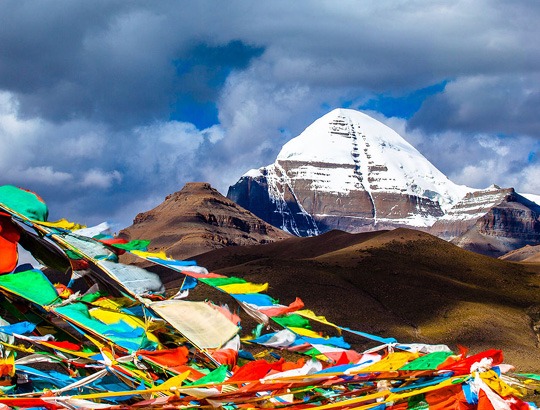
Saga Dawa Festival
The Saga Dawa Festival, also called the Triple Blessed Festival, is a significant event in Tibetan Buddhism. This festival happens on the full moon day of the fourth Tibetan month, typically in May or June.
During the Saga Dawa Festival, Tibetan Buddhists perform acts of goodness like lighting butter lamps, presenting offerings, and walking around sacred places, especially near Mount Kailash and Lake Mansarovar. It’s a time for contemplation, prayer, and kindness, where followers aim to gather positive karma and grow spiritually.
This celebration is deeply spiritual and culturally vibrant, attracting pilgrims and believers from all over the Tibetan plateau and beyond to join in the ceremonies and enjoy the festivities.
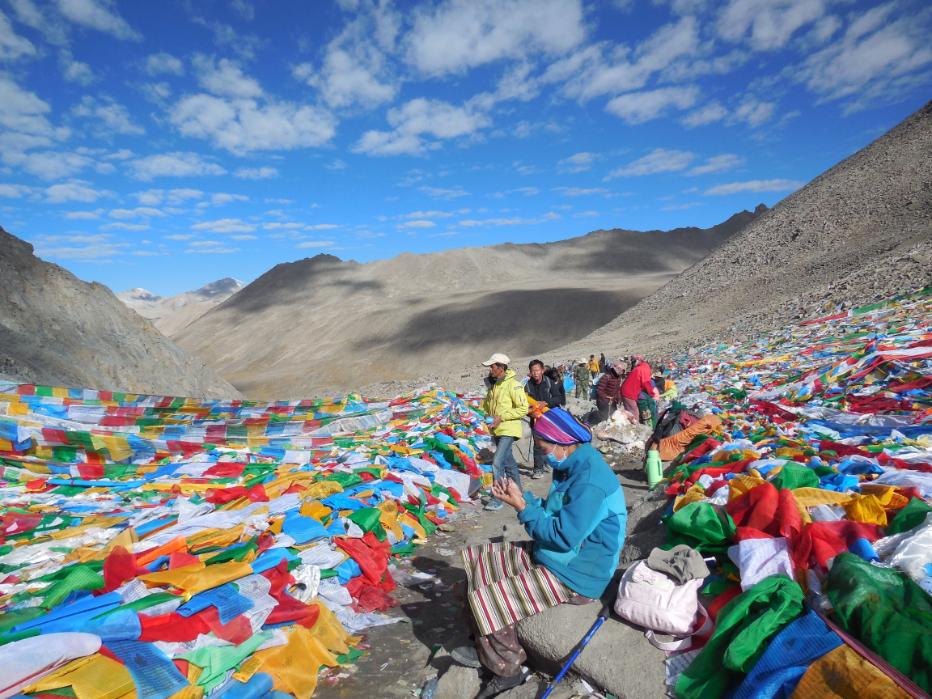
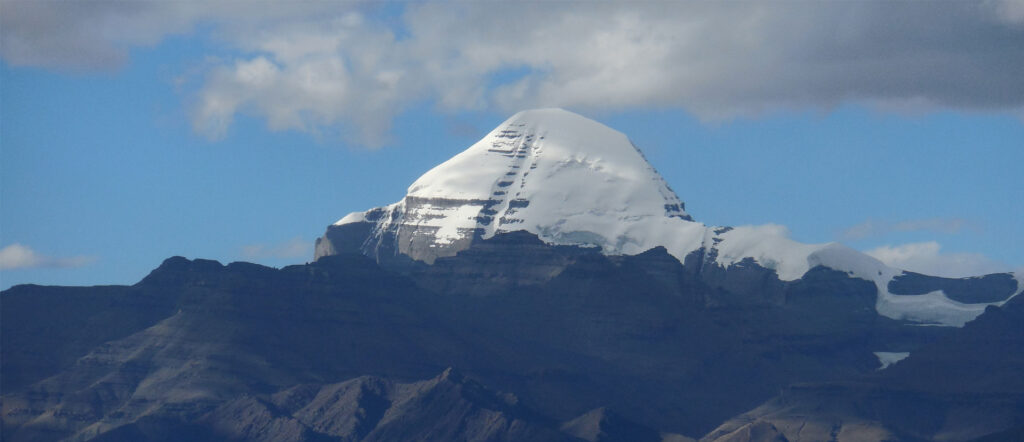
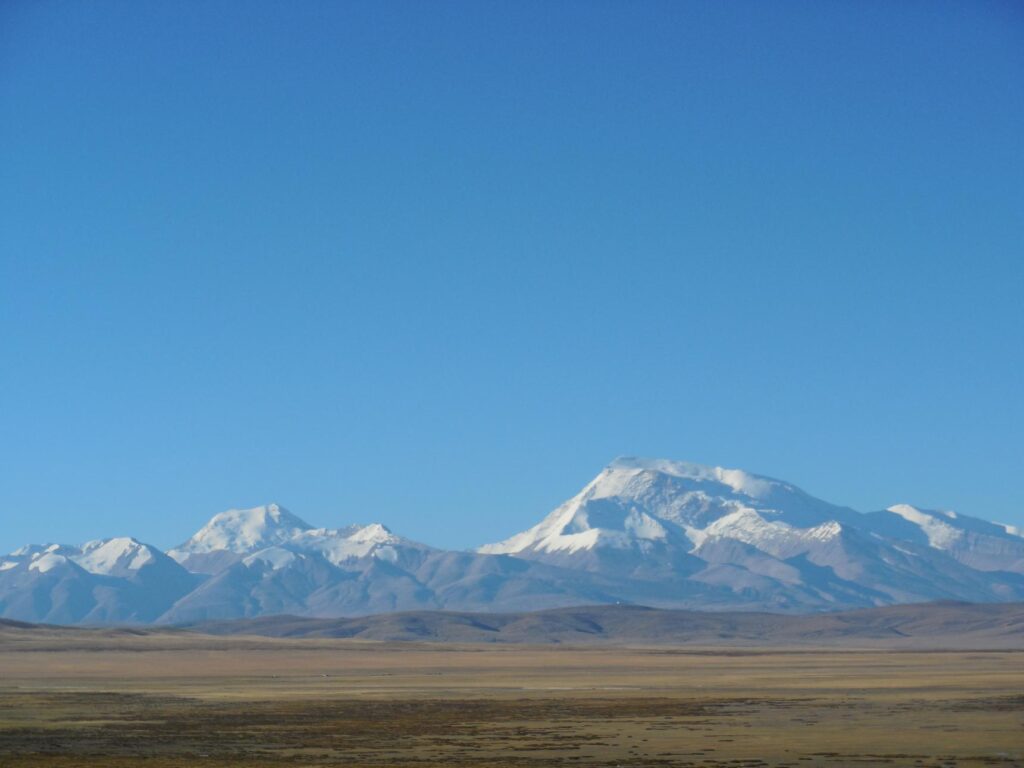
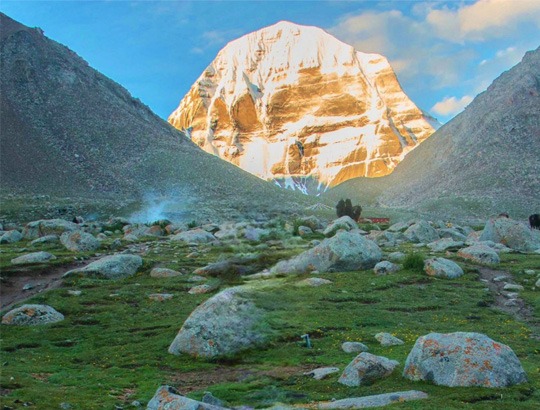
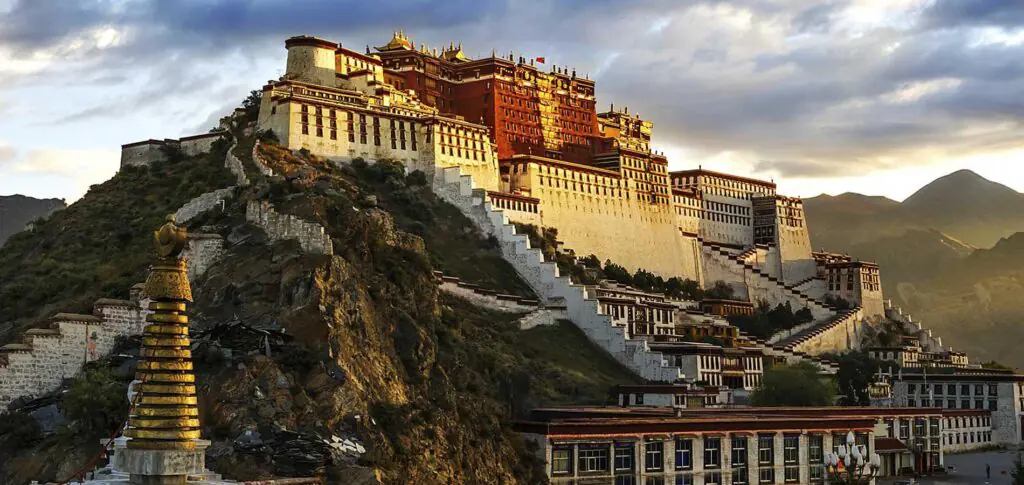
Visiting Nearby Sacred Sites
When on the Kailash Mansarovar Yatra pilgrimage, exploring the nearby sacred sites becomes an essential part of the journey. These sites allow pilgrims to enhance their spiritual experience and engage with the rich cultural and religious background of the area.
Here are some of the notable sacred sites that pilgrims often visit:
1. Lake Mansarovar: Situated close to Mount Kailash, Lake Mansarovar is one of the highest freshwater lakes globally and holds great importance in Hinduism, Buddhism, Jainism, and Bon traditions. Pilgrims coming here walk around the lake and take holy dips in its pure waters to purify their souls.
2. Rakshas Tal (Ravana Tal): This lake near Lake Mansarovar is linked to the demon king Ravana from the Hindu epic Ramayana. Pilgrims visit this site during the Kailash Mansarovar Yatra due to its spiritual significance.
3. Tirthapuri: Situated near Mount Kailash, Tirthapuri is famous for its hot springs and a monastery dedicated to Guru Rinpoche (Padmasambhava). Pilgrims come here to bathe in the healing waters and seek blessings.
4. Astapad: Revered in Hinduism and Jainism, Astapad is believed to be the mythical dwelling of gods and the place where Lord Shiva resides with his consort Parvati. Devotees visit this significant pilgrimage site during the Kailash Mansarovar Yatra.
5. Gauri Kund: Located close to Lake Mansarovar, Gauri Kund is a sacred spot associated with Goddess Parvati, where it’s said she performed penance to win Lord Shiva‘s love. Pilgrims pay their respects here and seek blessings.
These sacred sites offer pilgrims peaceful sanctuary for introspection and finding inner calm. When pilgrims explore each site, they’re spiritual seekers on a profound journey. Surrounded by the grandeur of the Himalayas, these places call pilgrims to pause, reflect, and experience a profound connection with something larger than themselves.

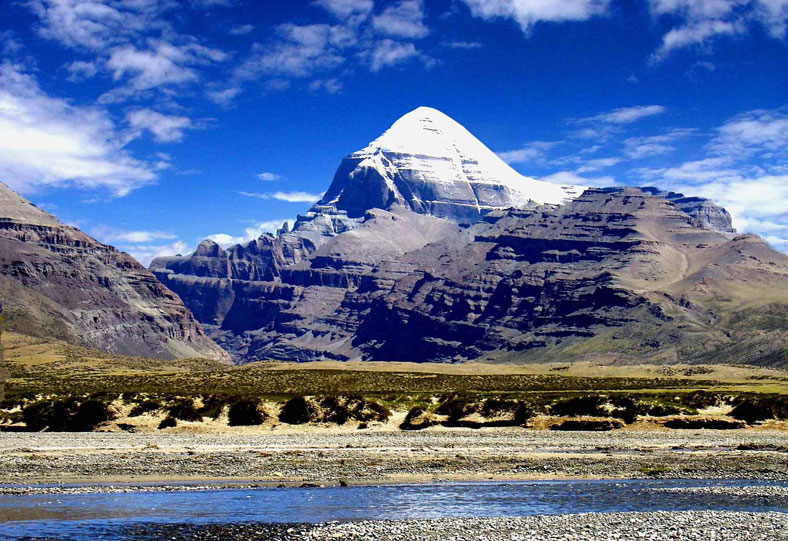
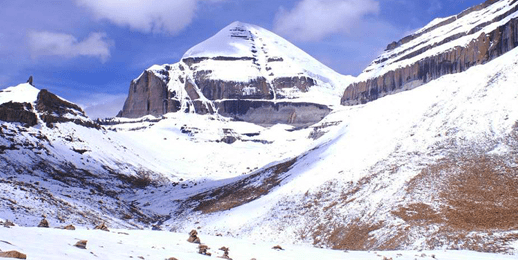
Tips for a Spiritual Journey
Travel Tips for a Smooth Pilgrimage
- Pilgrims going to Kailash Mansarovar should bring a hat, trekking shoes, and warm clothes for the changing weather.
- Preparing physically and mentally is important because of the high altitude, requiring acclimatization for a safe visit.
- Travelers can pick trekking or helicopters for transportation, each with its own experiences.
- Summer months from May to September offer good weather and the Saga Dawa festival, a significant event in the region.
- Getting permits and being ready for weather delays is crucial for a smooth pilgrimage to the temples and Manasarovar Lake.
Summary on the Seasonal Breakdown of Kailash Mansarovar Yatra
The Kailash Mansarovar Yatra is a sacred pilgrimage in Tibet. It usually happens from May to September in the summer when the weather is better. During this time, pilgrims can see the beautiful Mount Kailash and Lake Mansarovar.
Winter months are not chosen because of a lot of snow and very cold weather. This makes traveling hard and risky. It’s important to plan the pilgrimage during the right season for a safe and happy journey.
You may also like:
Send an Enquiry
© 2024 - Himalayan Trekking and Tours (P) Ltd. All Rights Reserved.


